Throughout automotive history, innovation in safety has shaped the way we drive. From the early days of shatter-resistant glass to today’s intelligent driver-assist systems, engineers have continually raised the bar for protection and performance. These ten vehicles each represent a defining moment — introducing or popularizing safety breakthroughs that made driving safer for everyone.
Volvo PV444 – Introduction of the Laminated Windshield

Introduced in 1944, the Volvo PV444 helped usher in a new era of occupant safety with the adoption of the laminated windshield. Composed of two layers of glass bonded by a plastic film, it prevented dangerous shards from scattering in a crash. The design dramatically reduced facial injuries, setting a precedent quickly adopted across the industry. Laminated glass is still used in nearly every modern vehicle today — proof of how one simple innovation can endure for generations.
Mercedes-Benz W111 – Implementation of Crumple Zones

In 1959, Mercedes-Benz released the W111 “Fintail”, the first production car to incorporate engineered crumple zones. Designed by Béla Barényi, the concept allowed certain sections of the car to deform on impact while preserving the passenger cell. The result was revolutionary: cars could now absorb collision energy rather than transmit it directly to occupants. This principle remains the foundation of modern automotive crash design.
Ford Mustang – Popularizing the Three-Point Seatbelt

While the three-point seatbelt was invented by Volvo engineer Nils Bohlin in 1959, American automakers were slower to adopt it. By the late 1960s, the wildly popular Ford Mustang helped normalize the feature in U.S. vehicles. Its mass-market appeal and youthful following brought greater public awareness to seatbelt safety. The design, which distributes crash forces across the chest, shoulder, and pelvis, remains one of the single most life-saving automotive innovations in history.
Oldsmobile Toronado – Early Use of Anti-Lock Brakes

The Oldsmobile Toronado of the early 1970s was among General Motors’ first cars to offer an anti-lock braking system (ABS) under the name Trackmaster. While Cadillac introduced similar technology around the same time, the Toronado helped showcase ABS to a broader audience. The system prevented wheel lock-up under hard braking, allowing drivers to maintain steering control. Though initially found only on high-end models, ABS became standard across most vehicles by the 1990s — a major milestone in preventing skids and collisions.
Saab 99 – Advancing Side-Impact Protection

Introduced in 1968, the Saab 99 stood out for its advanced approach to side-impact safety. Engineers reinforced the doors and surrounding structure to better absorb collision energy — a forward-thinking design that influenced safety engineering across the industry. While not the very first to strengthen side protection, Saab’s emphasis on occupant safety became a defining part of its brand identity and helped inspire modern systems like side-impact airbags and crumple-resistant door frames.
Mercedes-Benz S-Class – Pioneering Electronic Stability Control

When the Mercedes-Benz S-Class (W140) debuted Electronic Stability Control (ESC) in 1995, it changed automotive safety forever. Developed in partnership with Bosch, the system detects skidding or loss of traction and automatically applies braking to individual wheels to stabilize the car. ESC has since become mandatory in most regions and is credited with dramatically reducing single-vehicle crashes and rollovers. The S-Class proved that electronic driver assistance could save lives without compromising performance.
Audi A8 – Lightweight Safety with Aluminum Space Frame
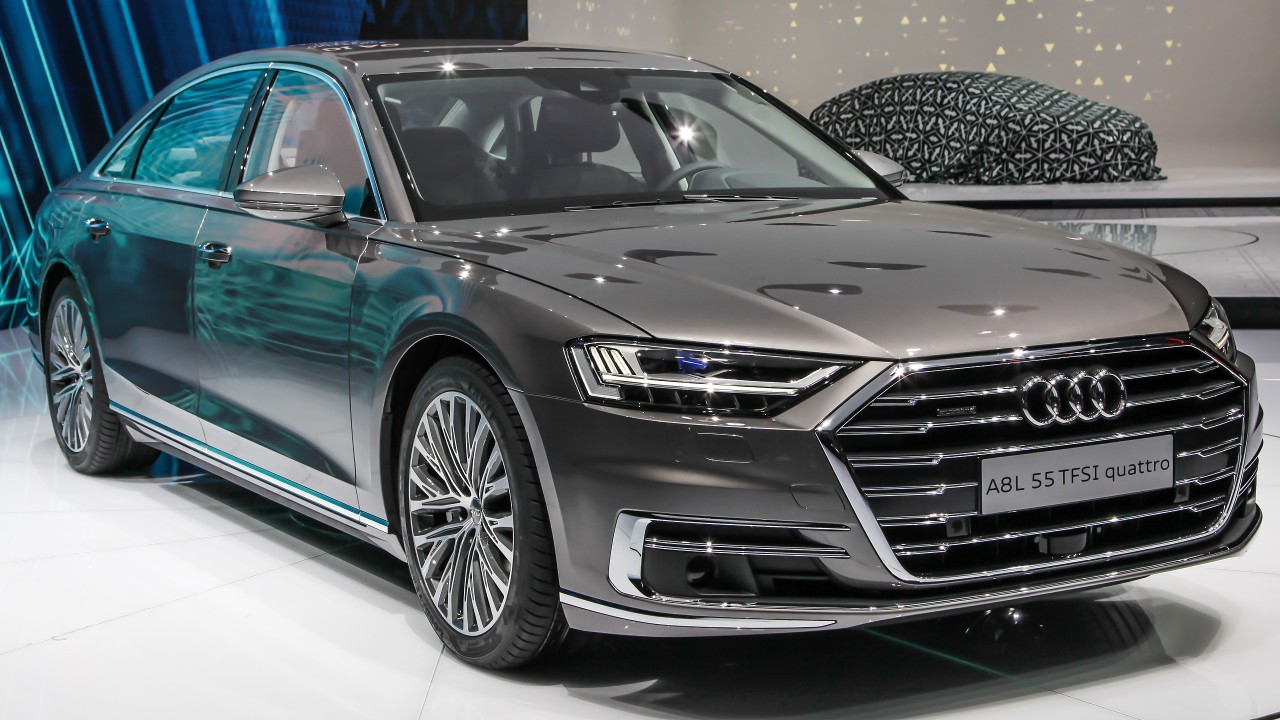
The 1994 Audi A8 broke new ground as the first mass-produced car with a fully aluminum space frame. The innovative structure — lighter yet stronger than traditional steel — offered superior crash protection while improving handling and fuel efficiency. Audi’s ASF technology set a benchmark for using advanced materials to enhance both performance and safety, influencing modern lightweight chassis designs used across the industry today.
Toyota Prius – Setting New Standards for Hybrid Safety
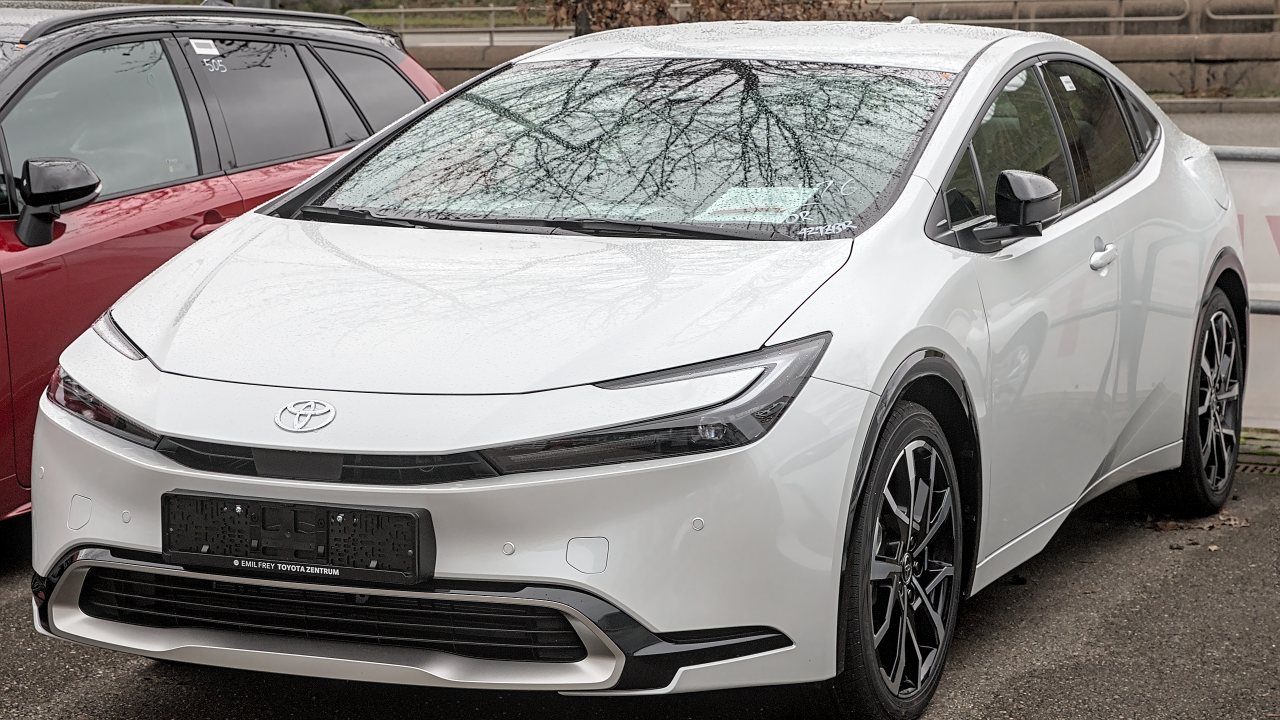
When the Toyota Prius launched in 1997, it wasn’t just the first mainstream hybrid — it demonstrated that eco-friendly cars could also be exceptionally safe. Features like regenerative braking improved stability and control, while Toyota’s advanced crash structures met strict global standards. The Prius popularized hybrid systems that balanced efficiency, sustainability, and safety — a combination that shaped the direction of 21st-century automotive design.
Tesla Model S – Modernizing Active Safety and Automation

Debuting in 2012, the Tesla Model S set new expectations for active safety technology. Its suite of sensors and cameras enabled features like adaptive cruise control, lane-keeping assist, collision avoidance, and semi-autonomous driving under Autopilot. While not the first to offer such systems, Tesla’s seamless integration and constant over-the-air updates accelerated the industry’s move toward automation — and made active safety a standard conversation in performance electric vehicles.
Volvo XC90 – Introducing the Blind Spot Information System
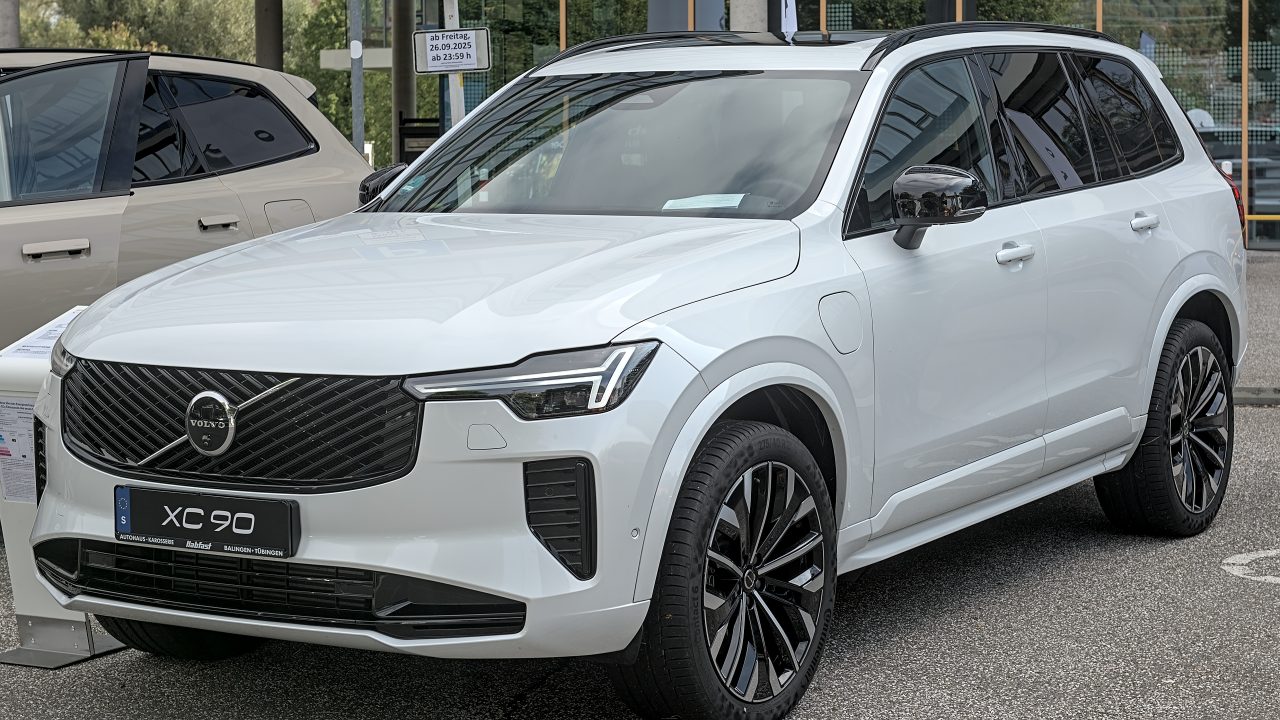
The 2002 Volvo XC90 was the first production vehicle to feature BLIS (Blind Spot Information System). Using cameras and radar sensors, it alerted drivers to vehicles hidden in their blind spots through subtle visual cues. The system quickly became one of the most copied safety technologies worldwide, reducing lane-change accidents and reinforcing Volvo’s reputation as a leader in safety innovation.
More from Fast Lane Only:
- Unboxing the WWII Jeep in a Crate
- The Fastest Farm Truck Ever Built
- 10 Old Trucks That Were Built Like Tanks
- 12 Classic muscle cars still within reach for budget buyers
*Created with AI assistance and editor review.

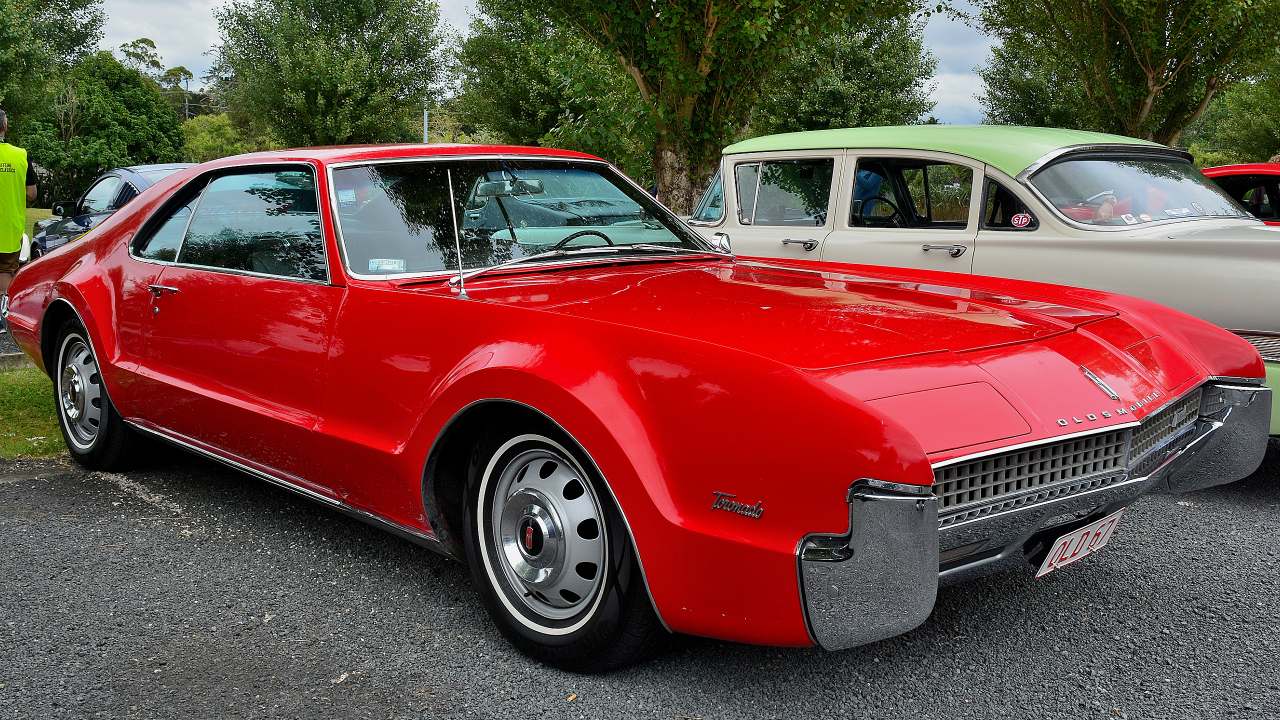
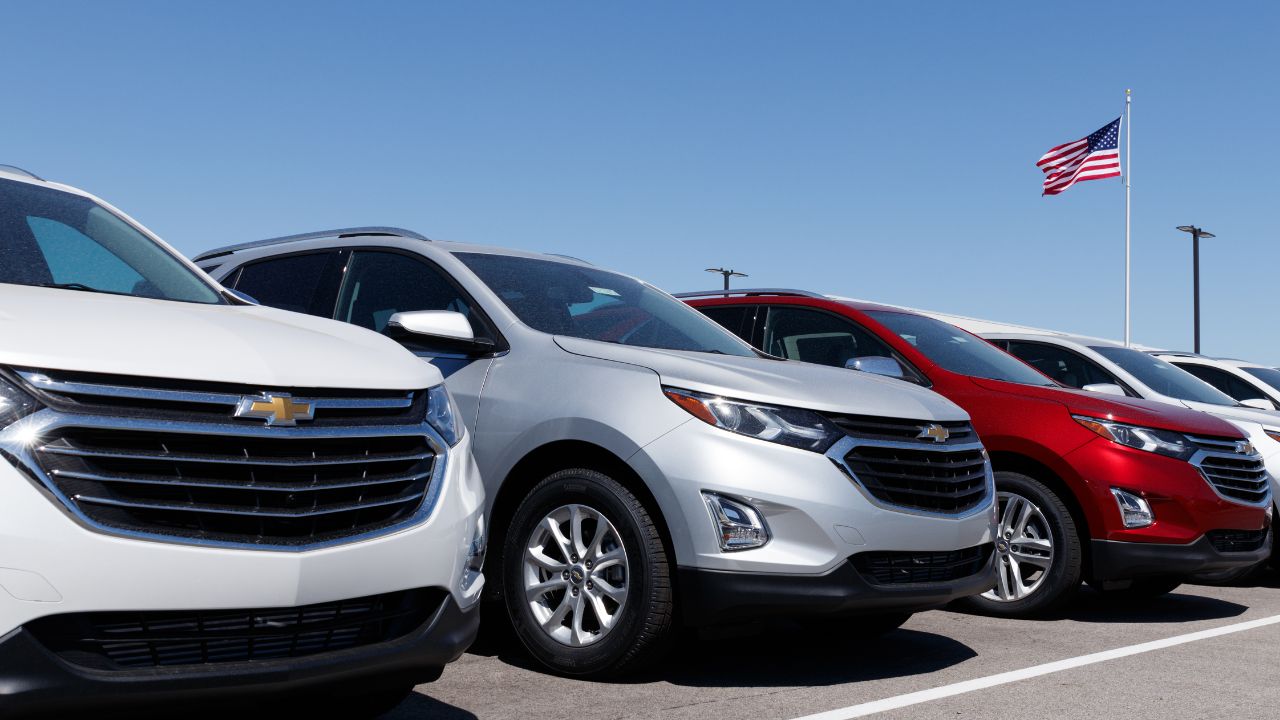



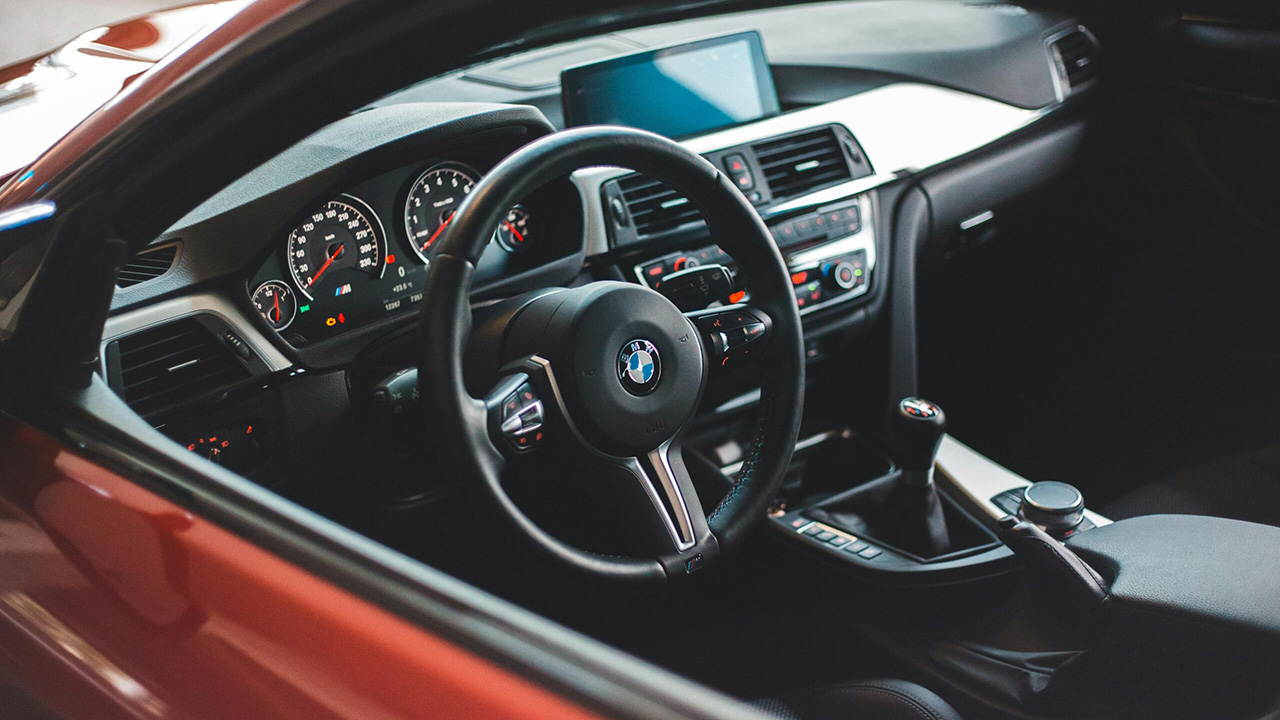
Leave a Reply